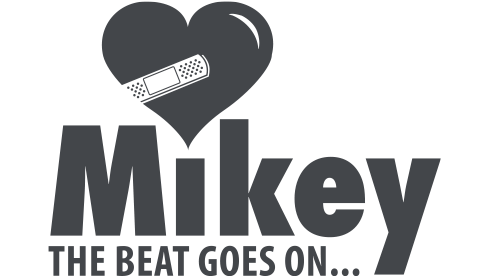
Keeping a proper sleep schedule can sometimes be tricky. Many of us feel distracted at night because we browse social media or we end up binge watching our favourite shows on Netflix.
A new study that was published last week suggests that those who struggle to get a goodnight’s sleep and who suffer from insomnia type symptoms have a greater chance of having a stroke or a heart attack.
It focused on a few key areas: do you have trouble falling asleep or staying asleep? Waking up too early in the morning? Or trouble staying focused during the day due to poor sleep? Which many of us can relate to. Below are some of our tips on how to make sure you have a well regulated sleep schedule.

1. Avoid coffee and tea in the late afternoon/evening
We know that coffee and tea are two delicious drinks that many of us simply cannot eliminate, especially during the morning. It is no secret that caffeinated drinks will keep you awake at night, and the reason being, caffeine has a stimulant that is meant to keep you more awake. However, what we may not know is that, coffee stays in your body for approximately 6 hours after you drink a cup, according to ‘Livestrong’. In order to prevent staying awake at night, try to limit your caffeine in-take six hours before bed time. That way your body will release the stimulant and you will feel tired naturally.

2. Avoid Napping & Technology
Taking a nap is probably the greatest feeling in the world but it may be a bad idea for consistent night-time sleep. Napping for a long period of time can result in feeling grumpy, and will affect your ability to fall asleep at night. If you try to limit the time frame of your naps or napping in general, it may aid into the elimination of an irregular sleep pattern. Instead, go to sleep earlier than you normally would.
In light of napping and falling asleep at a decent time, technology can sometimes be problematic for a proper sleep schedule. We have all had those nights, where we feel so tired, to the point that one eye is open but the other is closed. The reason for the open eye may be because of the cute video on social media, of the cute puppy taking care of his younger brother and sisters. While it is okay to be immersed in technology, it is equally as important to give yourself a schedule. Consider stopping your browsing an hour before bed time so that your mind has the ability to relax.

3. Limit Netflix and Chill
We all love Netflix and chill, more specifically, the snacks involved such as potato chips, ice cream, candy, and popcorn. While we indulge in our snacks and watch the new episode of stranger things, it is important to know when to call it quits- and tell your mind ‘one more episode’ isn’t happening. Perhaps, give yourself a cut off time for television, but it is important to be diligent in doing so. This will ensure that you are sleeping on time, gaining enough rest for your busy days at the office, and helping to prevent the possibility of certain health issues.
Overall, it is important to keep schedules and routines. Once your body gets used to an everyday task, it then becomes difficult to stray away from it. Furthermore, lack of sleep can cause severe health issues that may not be as evident now but could be in the near future. Sleeping regularly and making sure you are receiving enough rest is important to properly function every day. You will feel more organized, alert, and energized – perhaps, you won’t need that cup of coffee after all!
















